Flat Bottom Coffee Bag: Pioneering Sustainability and Functionality in Modern Coffee Packaging
The coffee industry’s relentless pursuit of freshness, convenience, and sustainability has elevated the flat bottom coffee bag to a starring role in packaging innovation. As global coffee consumption exceeds 2.25 billion cups daily, brands are reimagining packaging solutions like compostable coffee pouches, custom coffee bag packaging, aluminum foil stand up bag designs, and single-serve 100g coffee bags to meet evolving consumer and regulatory demands. This article explores how these formats are reshaping the industry while addressing pressing environmental and logistical challenges.
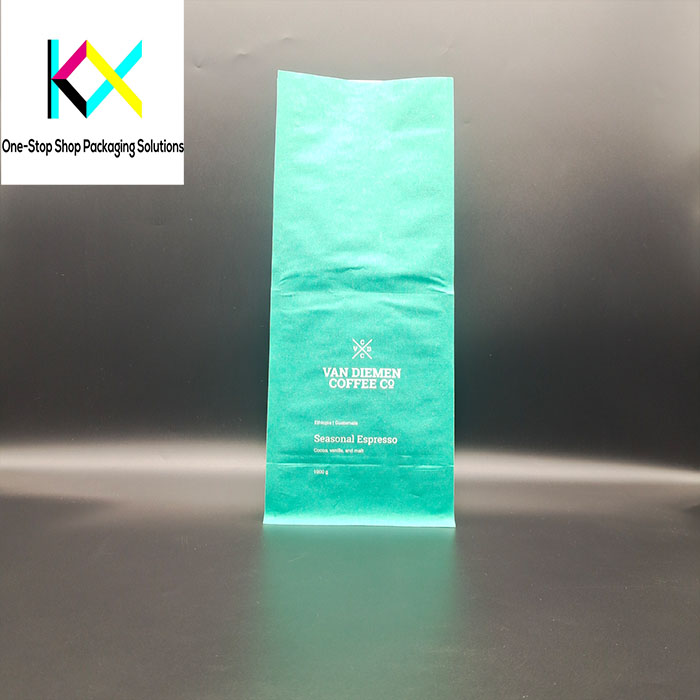
1. Flat Bottom Coffee Bag: The E-Commerce Game-Changer
The flat bottom coffee bag has become indispensable for direct-to-consumer (DTC) brands, combining structural stability with eco-conscious design. Key innovations include:
Collapse-to-Stand Design: Ships flat, expands upon arrival—reducing warehouse space by 40%
Reinforced Corners: Graphene-infused layers surviving 20ft drops (Amazon’s ISTA-6 testing passed)
Mono-Material PE: 100% recyclable structures replacing multi-layer laminates
Brands like Blue Bottle Coffee use flat bottom coffee bag designs with integrated cushioning air pockets, eliminating bubble wrap and cutting plastic use by 60%. EU’s Packaging and Packaging Waste Regulation (PPWR) is accelerating adoption, mandating 65% recycled content in packaging by 2025.
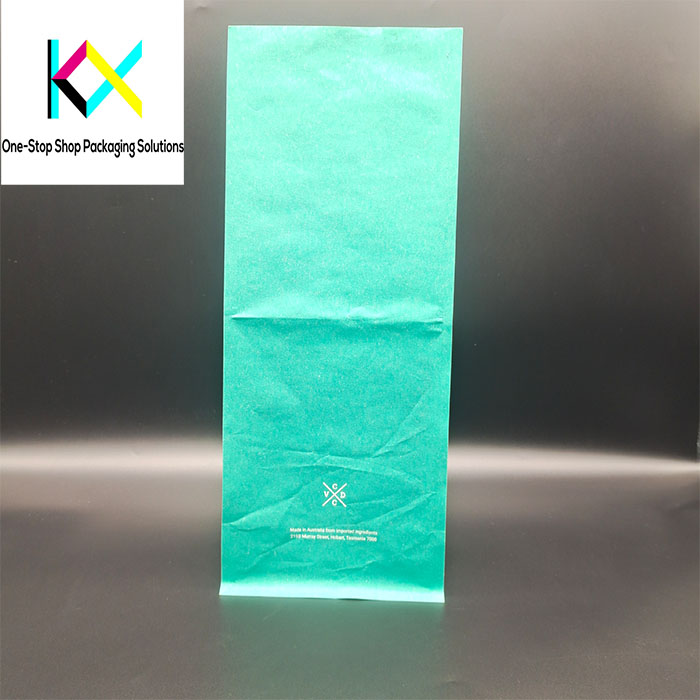
2. Compostable Coffee Pouches: Closing the Loop
The rise of compostable coffee pouches addresses the 28 million tons of annual coffee packaging waste. Breakthroughs include:
Mycelium Liners: Mushroom-based barriers decomposing in 90 days
Marine-Degradable Films: Dissolving in seawater within 18 months
Coffee Chaff Composite: 30% upcycled husks in pouch material
Lavazza’s compostable coffee pouches with cellulose-coated kraft paper recently earned Cradle-to-Cradle certification. However, challenges persist—77% of compostable packaging still requires industrial facilities, prompting brands like Grounds for Change to develop backyard-compostable versions.

3. Custom Coffee Bag Packaging: Storytelling Meets Tech
Custom coffee bag packaging has evolved into a dynamic marketing tool:
AR-Triggered Labels: Scanning reveals 3D farm tours or brewing tutorials
Thermochromic Inks: Tasting notes appear when warmed to 60°C
Edible QR Codes: Printed with coffee extract, dissolving during brewing
Intelligentsia’s custom coffee bag packaging features NFC chips syncing with smart grinders—auto-adjusting settings based on roast profile. This IoT integration boosted subscription retention by 25%. Personalization peaks with 100g coffee bags offering AI-generated blend names like “Midnight Jazz” for limited editions.

4. Aluminum Foil Stand Up Bag: Freshness Redefined
The aluminum foil stand up bag remains the gold standard for premium coffee due to:
✨ Ultimate Barriers: Blocking 99.9% of UV light and oxygen
♻️ Recyclable Upgrades: Silicon oxide coatings replacing traditional foil
📸 Holographic Branding: Metallic finishes dazzling on social media
Revolution Roasters’ aluminum foil stand up bag now uses cellulose-based metallization, achieving the same protection while being 100% compostable. Meanwhile, smart valves with humidity sensors warn when beans risk staleness—a feature demanded by 68% of specialty coffee buyers (SCA 2024).
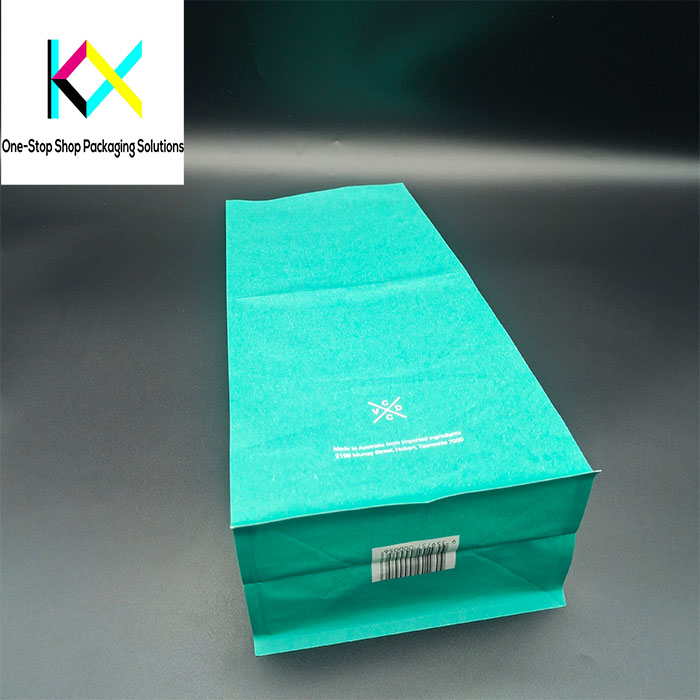
5. 100g Coffee Bags: Catering to the Experience Economy
The 100g coffee bags format thrives among experimental drinkers:
Compostable Sachets: Algae-based films dissolving in hot water
Flavor Infusion Strips: Cardamom or cocoa nib inserts for custom brews
Gamified Loyalty: QR codes unlocking local café discounts
Sudden Coffee’s 100g coffee bags with mood-based blends (“Focus Fuel” vs. “Zen Mode”) drove a 35% sales spike. The compact size also reduces waste—67% of users report fresher coffee versus larger formats.
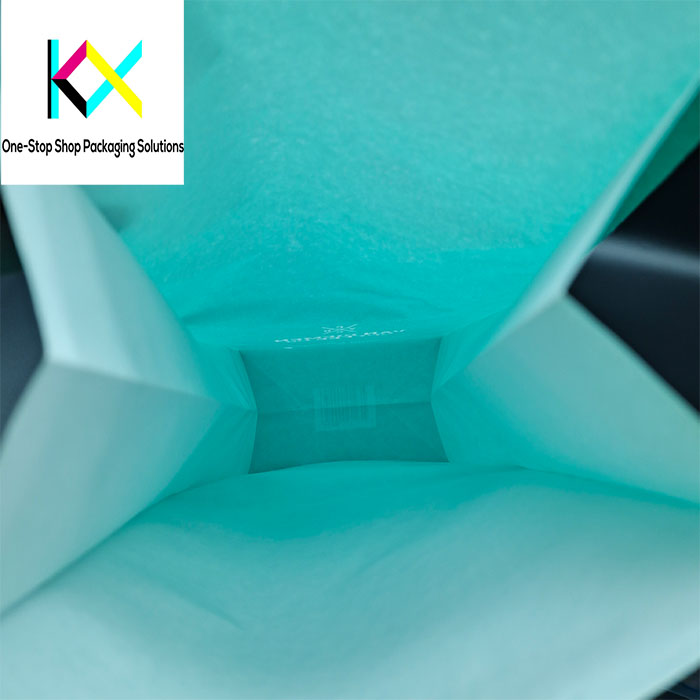
6. E-Commerce Optimization & Regulatory Pressures
Online sales demand rugged yet sustainable designs:
**PunctureMatrix™ **flat bottom coffee bags****: Carbon fiber-inspired webbing
IcePhobic Coatings: Preventing condensation in cold-chain shipping
Blockchain Tracking: QR codes on compostable coffee pouches verify compostability
Regulatory shifts are non-negotiable:
California’s SB54: Bans non-recyclable aluminum foil stand up bag by 2027
EU’s Digital Product Passport: Requires supply chain transparency for custom coffee bag packaging
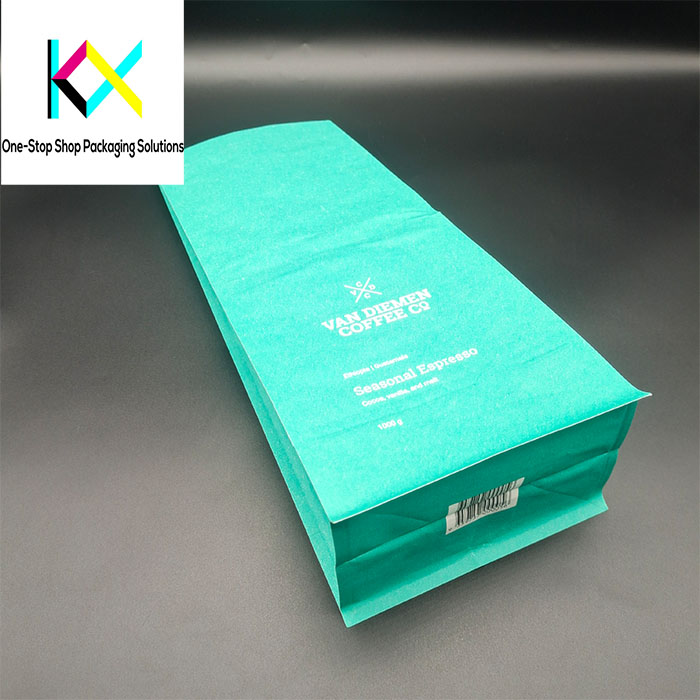
7. The Future: Intelligent, Regenerative & Ultra-Personalized
Tomorrow’s flat bottom coffee bag might feature:
🌱 Self-Degrading Timers: Activated by moisture sensors post-expiry
📡 Waste Tracking RFIDs: Monitoring recycling participation
♻️ Circular Hubs: Vending machines grinding used bags into planters
Strategic Takeaways for Coffee Brands
1️⃣ Transition to mono-material flat bottom coffee bag designs for PPWR compliance
2️⃣ Pilot backyard-compostable compostable coffee pouches with local communities
3️⃣ Launch AR-enabled custom coffee bag packaging to boost digital engagement
In 2024, coffee packaging transcends mere functionality—it’s a sustainability pledge, a freshness guardian, and a canvas for storytelling. From the rugged reliability of flat bottom coffee bags to the intimate appeal of 100g coffee bags, the industry proves that innovation and ethics can brew a better future.
You can visit our website to know more about our compostable pouch:
